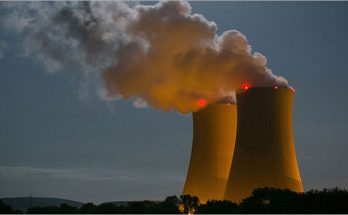 The Kenya-Zambia power line, which passes through Tanzania, is expected to be completed in November 2025, allowing cross-border electricity imports and exports to be possible.
The Kenya-Zambia power line, which passes through Tanzania, is expected to be completed in November 2025, allowing cross-border electricity imports and exports to be possible.
The 400 kV Tanzania-Zambia line is scheduled to be finished in November 2025, according to confirmation from the nation’s electricity provider, Tanzania Electric Supply Company (Tanesco).
The Eastern Africa Power Pool (EAPP) and the Southern Africa Power Pool (SAPP) are intended to be connected by this project.
In July of last year, contracts were inked for the transmission line.
According to Tanesco, the goal of this project is to expand Tanzania’s 400 kV transmission network in the southwest to enable regional power exchange between the Southern Africa Power Pool and the Eastern Africa Power Pool.
The company stated, “The project is expected to be completed in November 2025.”
Along with 12 other nations, including the Democratic Republic of the Congo (DRC), Tanzania, Rwanda, Burundi, and Uganda, Kenya is a member of the East African Partnership. The others are Djibouti, Ethiopia, Somalia, Libya, South Sudan, Egypt, and Sudan.
Kenya and other EAPP nations would be able to buy and sell electricity from SAPP nations, which include South Africa, Tanzania, Angola, Mozambique, Lesotho, Eswatini, Zambia, Zimbabwe, Malawi, Namibia, Botswana, and the Democratic Republic of the Congo, after the line is completed.
In addition, Kenya is in a hurry to finish building the $309.26 million (Sh41.75 billion) electrical transmission line that will enable it to exchange power with Tanzania.
The interconnection line, which has a 2,000 megawatt transfer capacity, is a component of the Eastern Africa Electricity Highway and will be connected to the Ethiopia-Kenya transmission system via the Isinya-Suswa 400kV line.
The line was supposed to be operational by December of last year, but it has been months behind schedule, which has caused a delay in the two neighbours’ power exchange.
Tanzania will transfer power with Kenya for the third time after it is put into service. Kenya presently purchases 200 megawatts from Ethiopia under a 25-year power purchase deal in addition to having a power exchange agreement with Uganda.
Additionally, power providers in both regions will have access to a sizable market as a result of the connecting of the EAPP and SAPP, particularly for the delivery of electricity to southern Africa, which is currently experiencing a generation shortfall.
Kenya’s energy demand is expected to grow at an average rate of 5.7% between 2024 and 2026, according to projections from the International Energy Agency. This implies that Kenyans may use more than 13,055 gigawatt-hours by 2027.



